Authors:
dr Aleksander Olech (Institute of New Europe)
dr Sylwia Gliwa (Future Industry Platform)
Translation:
Karolina Wiercioch
Article in brief:
– The rise and growth of the Islamic State, in addition to conquering new territories, attempting to establish its own state, and recruiting supporters in Europe, has brought a great deal of terrorist activity on social media.
– Between 2015 and 2019, the French Republic was the most frequently attacked country in Europe by the Islamic State – both through disinformation activities and terrorist attacks.
– In order to strengthen anti-terrorist and anti-propaganda systems in Poland, it is necessary to take into account the experience of France and to analyze threats emerging in Europe.
Introduction
Over the past twenty years, the clash of cultures (European and Arab) and religions (Christianity and Islam) has been happening, and Europe has experienced numerous terrorist acts. Europeans are struggling with both terrorist attacks and the very threat of them, along with a great deal of propaganda, mainly through social media. Statistics prepared by Europol show that Europe struggles primarily with religiously motivated, nationalist and separatist terrorism. Furthermore, terrorist actions are undertaken by perpetrators with left-wing or right-wing beliefs or by so-called single-issue terrorists. However, in addition to the ‟offline” manifestations of terrorist activity, an important and necessary component of the study of state security and the phenomenon of terrorism itself is the ‟online” activity of individual terrorist groups. It focuses on several significant objectives, which include intimidating civilians, gaining new supporters, or spreading disinformation between states. The Islamic State (ISIS) is a specific case that is discussed in this analysis due to its very high level of activity in both the ‟offline” and ‟online” spheres. An area of increased ISIS activity is precisely the French Republic, which is also one of the most harmed (or ‟experienced”) states in terms of terrorist acts in Europe. Referring to contemporary French definitions of terrorism, terms referring to crimes against human life, in violation of national or international law, can be found. This means distinguishing between attacks on civilians and military, the location of the attack (a region where a war is taking place or, for example, a European country which is not involved in an armed conflict), and the political objective (the intention being to influence or change government policy by terrorizing the civilian population). Terrorism also refers to the use of violence by certain political organizations that wish to achieve their goals, such as putting pressure on the government, coercing the population into obedience, extorting money, or promoting their ideologies in these ways. Terrorism may come in the form of assassinations, murders, kidnappings, sabotage, blackmail, criminal acts, threats, etc. Besides the direct killing of victims, terrorists attempt to influence public opinion in order to frighten and create an atmosphere of terror and fear. The issue of terrorism has become an extremely prevalent research subject after the September 11, 2001 attacks in the United States. Despite the fact that terrorism seems to be a phenomenon that has already been studied in great depth, it remains an highly developing subject of interest for researchers. Undoubtedly, it happens not only due to the rise and decline (but not fall) of the so-called Islamic State, but, above all, due to the use of the latest technologies, including social media, by terrorist organizations. Both factors have allowed to move the phenomenon of terrorism into a new dimension, which can be described as ‟cyber-evolution” or ‟cyberterrorism”.
ISIS – A terrorist and disinformation organization
After the rise of the Islamic State also referred to as the Islamic State of Iraq and the Levant (ISIL) and the Islamic State of Iraq and Syria (ISIS), the perception of terrorist groups and how they gain power has changed. The group declared itself a global caliphate in June 2014, claiming religious, political and military power over all Muslims in the world.
According to data provided by Europol, more than 100 terrorist attacks motivated by jihadist (Islamist) ideology were recorded in France between 2015 and 2019 alone. It is worth noting that the period 2015-2017 was the apogee of the development of ISIS and its activities in the country. Besides that, in 2018 and 2019, France recorded the highest number of arrests of terrorist suspects in the European Union.
Through recorded videos and statements, the Islamic State has repeatedly called for the killing of Americans, French, British, as well as their allies, stressing that it is the duty of every Muslim, no matter where they live. By using propaganda to seek out so-called lone wolves, ISIS has been exhorting its followers to act in their own countries using the means at their disposal. The attackers encourage each other by reminding themselves that sophisticated equipment and money are not necessary for an effective attack – one can kill another person with a stone, a knife, or an improvised weapon, they point out. Acting unconventionally, improvising and encouraging individual attacks have become one of the reasons for the escalation of terrorist threats. An attack can occur unexpectedly and it does not require explosives or machine guns. Anyone, without exception, can equip themselves with a sharp object and carry out an attack in the center of a city. The use of easily accessible weapons (or tools) in an attack creates additional uncertainty and panic, resulting in the pervasive fear that terrorists strive for. Gaining a psychological advantage and a sense of lacking the knowledge or awareness of possible future attacks is the greatest asset in their hands.
The reasons for terrorist attacks, which occur on the territory of the French Republic, are sought by security specialists around the world. The most frequently discussed issue is the set of actions taken by French troops in Africa. There is a lot of contradictory information regarding the way of conducting fights and cooperating with the governments of former colonies which desired independence. The Rwandan government speaks openly of genocide, rape, and harboring of war criminals by French troops. The military movements of the French in Algeria, are described in an equally negative fashion. The decades that the country has occupied West, North and Central Africa have left a permanent mark on the perception of the French government and its international policies by the people of the Dark Continent. Dozens of the terrorists who carried out attacks in France came from Algeria, Morocco and Tunisia – former French protectorates in Africa.
Four jihadist organizations and one informal group are considered to have established their presence in Europe in the 21st century through terrorist attacks or activities:
– Al-Qaeda (Al-Qāʿida, including Al-Shabaab, Al.-Nusrah Front, AQIM).
– Islamic State (Islamic State of Iraq and the Levant).
– Boko Haram.
– The Taliban.
– Lone Wolves (terrorists who do not belong to any of the above organizations), but have, for example, similar motivations.
The four organizations listed above were responsible for approximately 70% of terrorist homicides worldwide between 2015 and 2019. As of 2020, the Islamic State primarily operates in modern-day France. This organization is responsible for nearly 52% of the deaths related to terrorist attacks in the French Republic within the timeframe of 1979 towards 2019.
Social media as a propaganda tool. French society in the face of ISIS actions in the online sphere. The activities of the so-called Islamic State, apart from its traditional ones in the form of bloody and high-profile acts of terrorism, are also visible online. In the case of modern means of communication, including social media, besides the positive aspects of their functionality, it is necessary to analyze and pay attention to the negative side of their use. With the increase in their importance and contribute to the ubiquitous digitization of society, they have become a powerful avenue for the transmission of false information, spreading fake news as well as propaganda and disinformation. The power of the media (in this case, traditional media) was already known by Ayman az-Zawahiri, who once held the position of Osama bin Ladin’s right hand, who in a letter to Abu Musab az-Zarkawi (who was then the leader of al-Qaeda in Iraq), wrote the following significant words: ‟we are in a battle, and that more than half of this battle is taking place in the battlefield of the media. And that we are in a media battle in a race for the hearts and minds of our Ummah”. This statement became almost 100% confirmed a few years later, right after we have all became eyewitnesses to the growth of social media.
Around 38 million French people, which represents about 58% of the country’s total population, are active users of social media. The most popular platforms used in France include YouTube, Facebook, FB Messenger, Instagram, WhatsApp and Snapchat. The largest group of social media users is between 25-34 years old (26% of the social media users overall). Two large groups of active participants are also those between 18 and 24 as well as between 35 and 44 years old (each representing equally 19% of all social media users).
The data presented reveals that social media users between the ages of 18-34, represent 26% of the entire French population. Individuals precisely in this age range are potentially the most vulnerable recruitment targets for the Islamic State. This includes both men and women, for whom ISIS clearly defines objectives based on a traditional role model. For women, these objectives include increasing the population and providing for social needs, while for men they include fighting on behalf of a new homeland. In summary, more than a quarter of the French population was – and still is – potentially vulnerable to the attempts to reach them with propaganda content and recruit them as volunteers in order to build the power of the Islamic State.
A study of the propaganda content provided online by the Islamic State shows that the content attacking France is concentrated within three trends – the international attitude of the French Republic towards Muslim countries and jihadist fronts, hostility towards Islam in France, and the portrayal of the Republic as a country of infidels. It is worth noting that these issues are not only present in the materials generated by the Islamic State, but are also visible within national and international politics as part of the discussion about the legitimacy and effectiveness of the actions undertaken by the French government. Numerous bans on the display of religious symbols or restrictions on clothing are elements that are perceived as repressive towards the population. Particular elements of clothing (e.g. the burqa) may be perceived differently by liberal and conservative people, regardless of religion.
France is one of the favorite subjects of videos produced by ISIS media agencies. Especially in longer productions (30-50 minutes long), issues of French politics or social problems (such as the protests of the yellow vests) are discussed. In addition to videos inciting people to join the ranks of the Islamic State, fundamentalists have also published material encouraging people to take on the fight against France. One example of such a video was the one published, less than a day before the attack on the editorial board of Charlie Hebdo magazine (January 7, 2015), calling for an attack with any tool. Similar footage showed ISIS soldiers burning French passports or French-speaking fighters encouraging people to join the newly created ‟state”. These recordings were prepared very professionally, and the footage of political leaders, official speeches of politicians during state ceremonies, or clippings from television programs were also used in the editing. Moreover, speeches concerning migrants or wars in Africa and Middle East, in which France participates, were used. Material aimed directly at the French public is often prepared in their native language or with subtitles provided. Videos also feature people who are fluent in French.
It should be stressed that the content generated by the Islamic State has evolved. Initially, it was prepared unprofessionally, amateurishly, and was intended to show cruelty. Currently, it includes professionally produced videos, using footage taken from drones, with a targeted message aimed at a specific audience and on particular streaming platforms. Furthermore, it is important to pay attention to the use of pop-culture elements in the created material – computer games (e.g. graphics containing the slogan ‟This is our call of duty”, referring to the very popular video game series – Call of Duty), or images of athletes. Another important element of created content was the reference to political or social situations, as well as events of an international character. Examples of such actions are: graphics aimed at frightening the society, which were ‟released” through social networks and were referring to the 2018 FIFA World Cup (graphics containing the official logo of FIFA 2018 surrounded by flags of 28 countries with an annotation in French ‟Choisis ta cible” – choose your (terrorist) target), or the very distinctive graphic material published on the occasion of the so-called ‟yellow vests” protests in November 2018 (during which a graphic referring to the protests appeared online with the caption: ‟Attendez Paris….Dimanche sera sanglant pour vos rassemblements par la permission d’allah” – Expect Paris… Sunday will be bloody for your gatherings, with Allah’s approval).
Chart – Jihadist attacks in the French Republic between 1979 and 2019
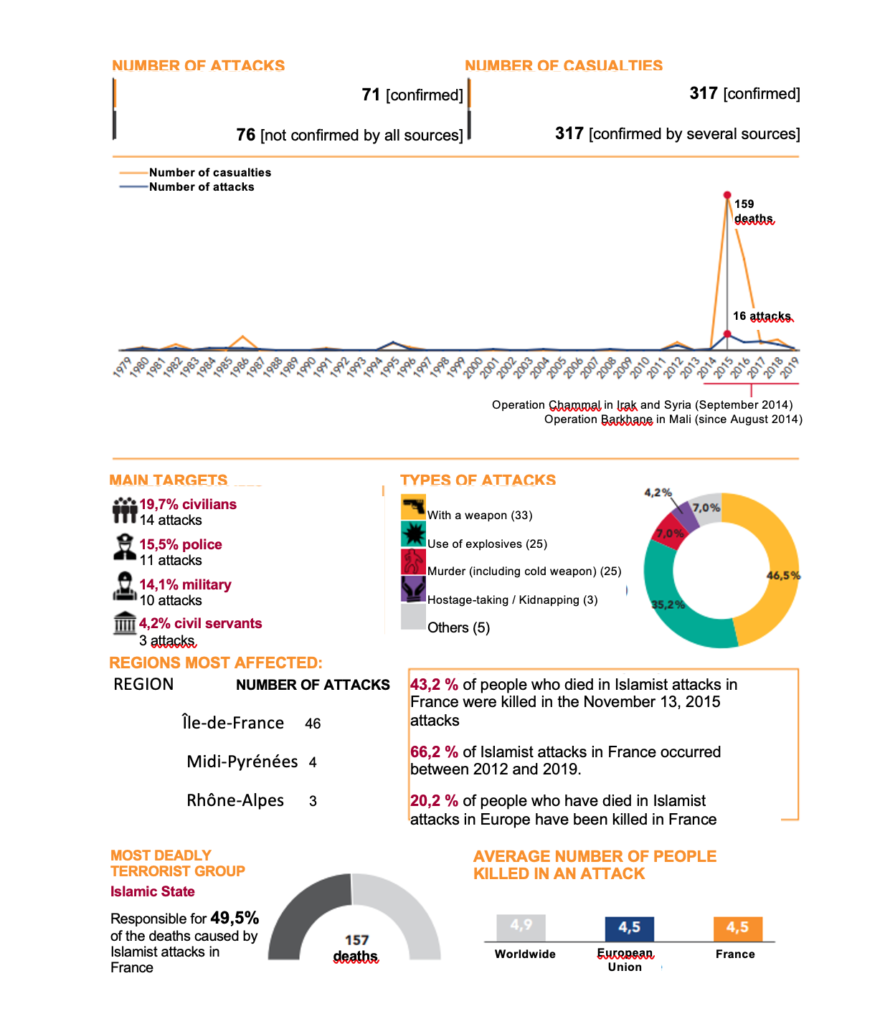
The loss of some territory by the Islamic State, as well as their involvement in Syria, has affected the organization’s propaganda capabilities quite significantly. The limited amount of original content created by the official agencies of the Islamic State triggered an increased media activity of so-called ‟fans” who, with more or less professionalism, are continuing the ISIS mission on social media. The creation of so-called “supported generated content” (media support) was most often based on the creation of graphics on a very wide range of topics – from doctrinal texts to the glorification of martyrdom. Content calling for lone wolf attacks and quotes from ISIS leaders, which were meant to build a narrative about the power of the terrorist organization dominated. Material created by supporters was particularly visible in periods before national holidays, mass events, or during protests (during the World Cup, Christmas, or protests of the so-called ‟yellow vests”).
Recommendations
Achieving publicity and using social networks to promote its activities are among the primary goals of ISIS. Terrorist attacks are intended to build the image of a powerful organization. Therefore, social networks cannot be treated as an exceptional tool, but rather as an area of operation for terrorist organizations which resulted from technological progress. As the example of France shows, social media has become a natural environment for the functioning of terrorist organizations, including the Islamic State in particular. This organization has used modern communication channels to create fear, as well as to attract supporters and soldiers to the ‟state” it is building.
Today, the French Republic remains under the highest level of terrorist threat. In order to strengthen international cooperation, actions to prevent the financing of terrorism, to reduce the risk of terrorists obtaining weapons of mass destruction, and to improve the cross-border sharing of information by law enforcement officials, should be taken. Regional and international strategies developed within the African Union, the Council of Europe, the European Union, the League of Arab States, the Organization for Security and Cooperation in Europe, the Organization of American States, the Organization of Islamic Cooperation, the South Asian Association for Regional Cooperation, and other affiliates will be important.
France’s experience should also serve as the kind of example for other countries to follow. By analysing the mistakes made by the French authorities, and by improving their own methods and means of countering disinformation and terrorism, other EU member states can significantly improve their own security systems. The functioning of terrorist organisations is comparable to that of international criminal organisations. Therefore, the challenges faced by France should be taken into account and then their own security systems should be strengthened. Poland, which is often the target of disinformation by Eastern European actors, should create its own tools, tailored to the emerging challenges. Thus, it is necessary to conduct constant, preventive and awareness-raising activities in the area of responding to terrorist threats and to undertake the verification of disinformation, for example by distinguishing between fake news. It is complicated, but crucial in order to function in today’s highly technology-dependent reality.
*Links to sample videos of terrorist organizations were not provided in the analysis due to their drastic nature as well as in order to stop the distribution of terrorist content.
Main sources:
A.Y., The State of al-Qaeda, https://www.washingtoninstitute.org/policy-analysis/view/the-state-of-al-qaeda.
Bare N., Francafrique, Stosunki francusko-afrykańskie – wczoraj i dziś, Uniw. Warmińsko-Mazurski, Olsztyn 2010.
Bindner L., Jihadists’ Grievance Narratives against France, International Centre for Counter-Terrorism, ICCT Policy Brief, February 2018.
European Union Terrorism Situation and Trend Report (Te-Sat) 2020, Europol.
Evera van S., How to Make America Safe: New Policies for National Security, Tobin Project’s National Security Working Group, Cambridge 2006.
Galang M. A., The Islamic State of Iraq and Syria: Profile and Strategic Assessment, NDCP Policy Brief, 18 April 2015, No. 2.
Haut-Commissariat des Nations Unies aux droits de l’homme, Droits de l’homme, terrorisme et lutte antiterroriste, Fiche information No 32, United Nations, Geneva 2009.
Institute for Economics &Peace, Global Terrorism Index 2015 – Measuring and understanding the impact of terrorism, Sydney 2015.
Institute for Economics &Peace, Global Terrorism Index 2017 – Measuring the impact of terrorism, Sydney 2017.
Institute for Economics &Peace, Global Terrorism Index 2019 – Measuring the impact of terrorism, Sydney 2019.
Kepel G., Terror we Francji – geneza francuskiego dżihadu, Dialog, Warszawa 2017.
M. Konarski Rwanda oskarża Francuzów o współudział w ludobójstwie, Portal Spraw Zagranicznych, http://www.psz.pl/130-afryka/rwanda-oskarza-francuzow-o-wspoludzial-w-ludobojstwie
Raport Online jihadist propaganda, 2018 in review, Europol.
Rękawek K., Człowiek z małą bombą – o terroryzmie i terrorystach, Wołowiec 2017.
Sheikh M. K., Greenwood M. T. J., Taliban talks past, present and prospects for the US, Afghanistan and Pakistan, DIIS
Stenersen A., Thirty Years after its Foundation – Where is al-Qaida going?, Perspectives on terrorism, Volume 11, Issue 6, December 2017.
Toumi M., Wprowadzenie do ustroju i prawa państw arabskich, KUL, Lublin 2015.
Walker A., What Is Boko Haram, United States Institute of Peace, Special Report 308, June 2012.
Wołoszański B., Zemsta OAS, Sensacje XX wieku, Nr 5, Magnum 1994.
IF YOU VALUE THE INSTITUTE OF NEW EUROPE’S WORK, BECOME ONE OF ITS DONORS!
Funds received will allow us to finance further publications.
You can contribute by making donations to INE’s bank account:
95 2530 0008 2090 1053 7214 0001
with the following payment title: „darowizna na cele statutowe”














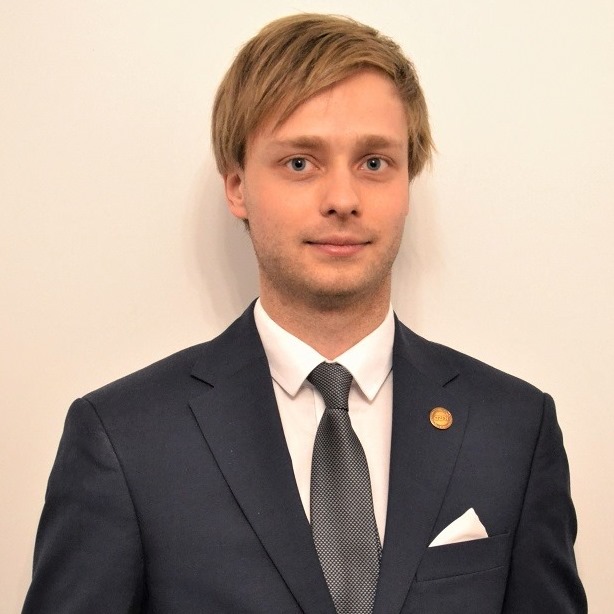

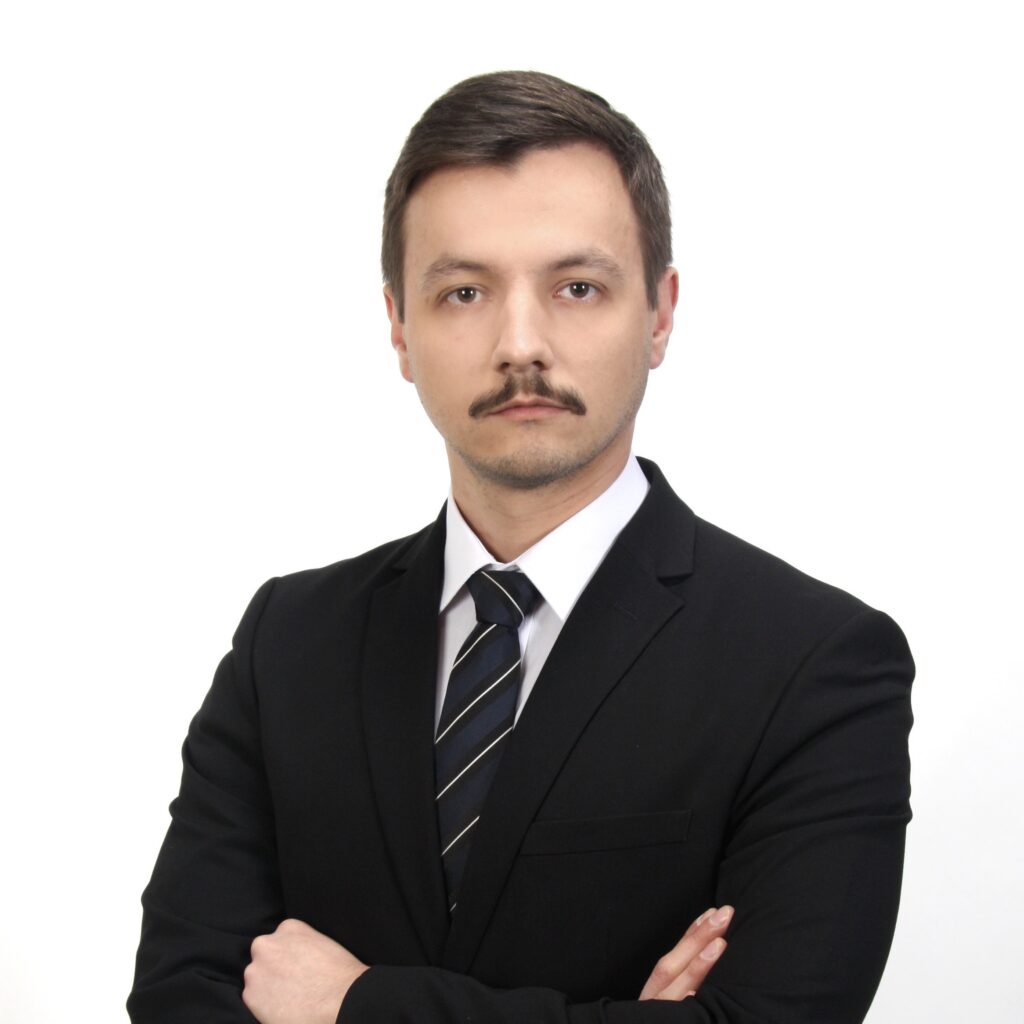

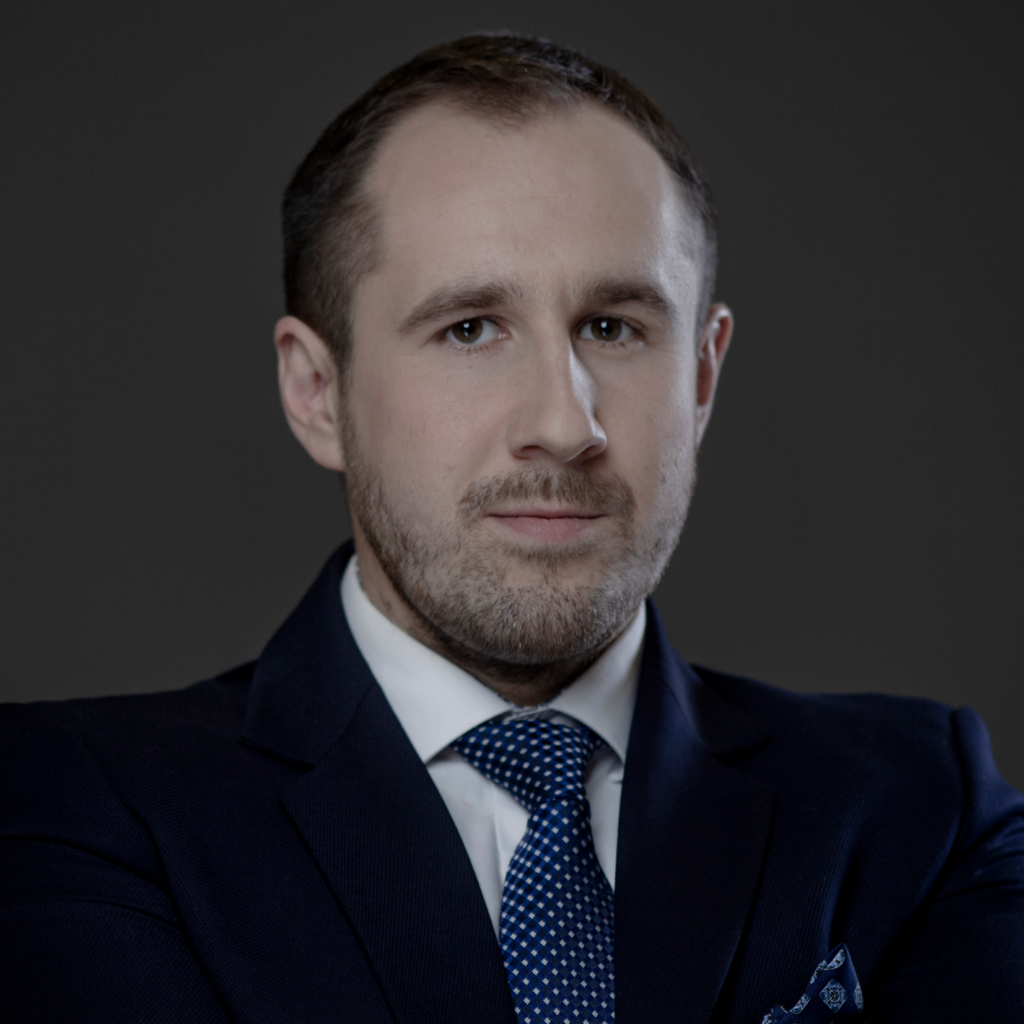


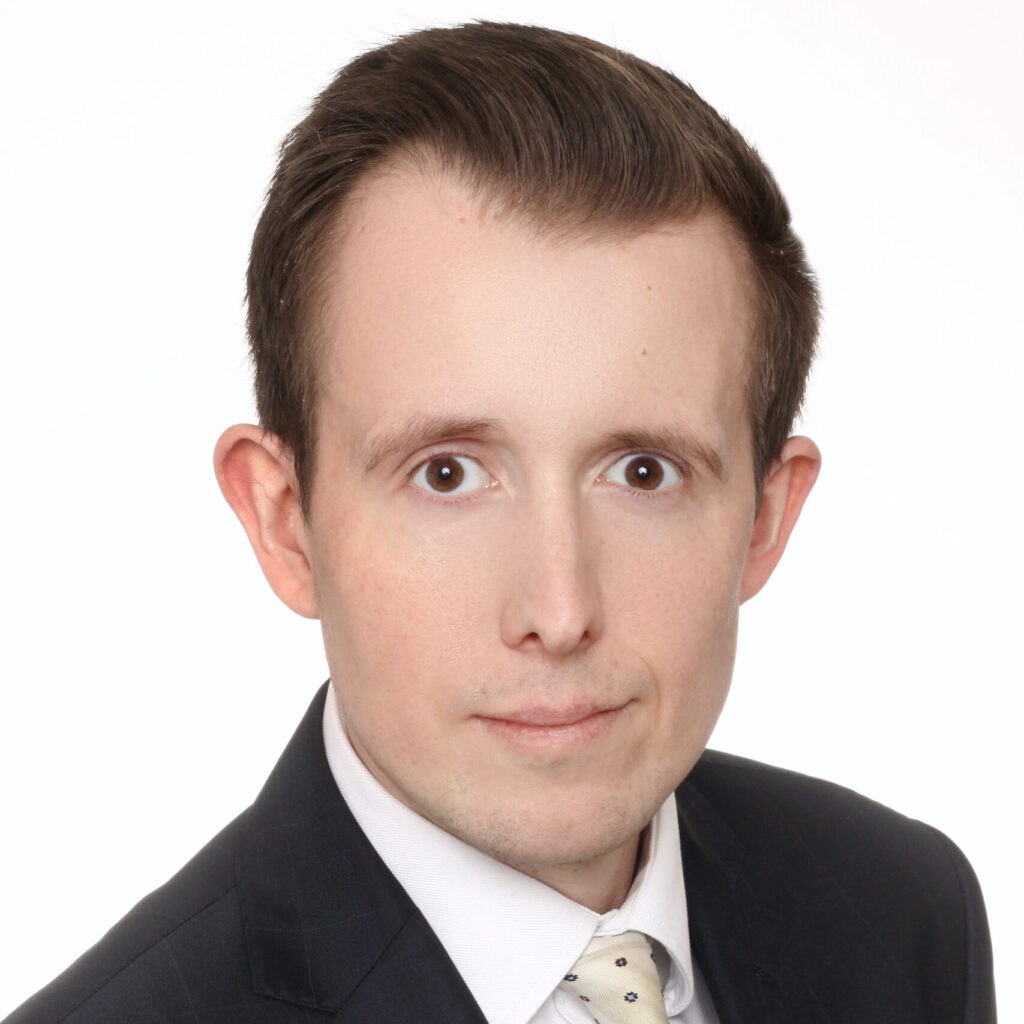


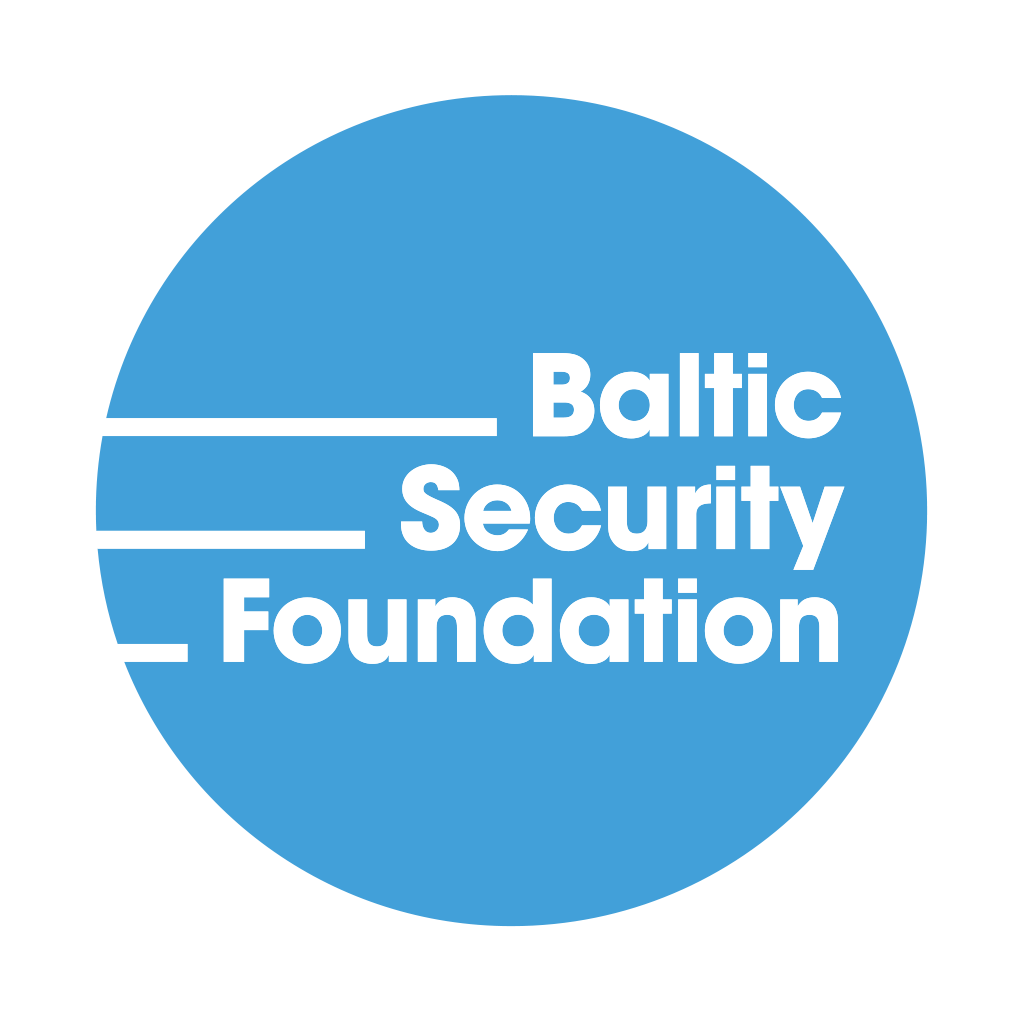
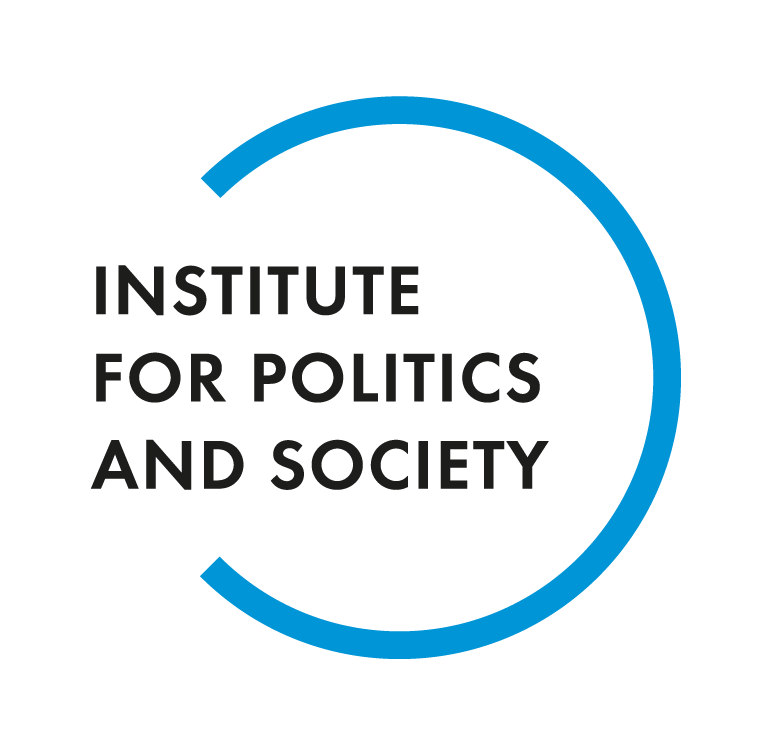


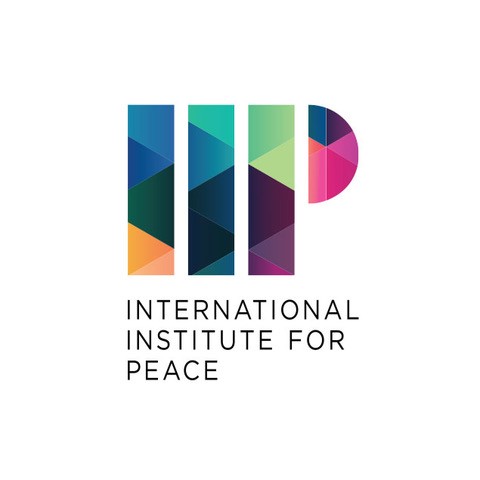
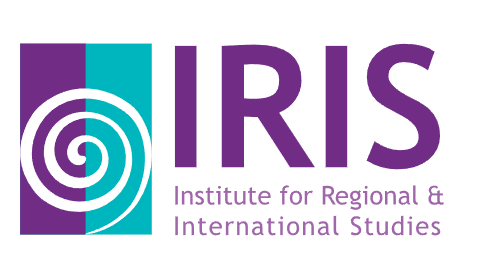
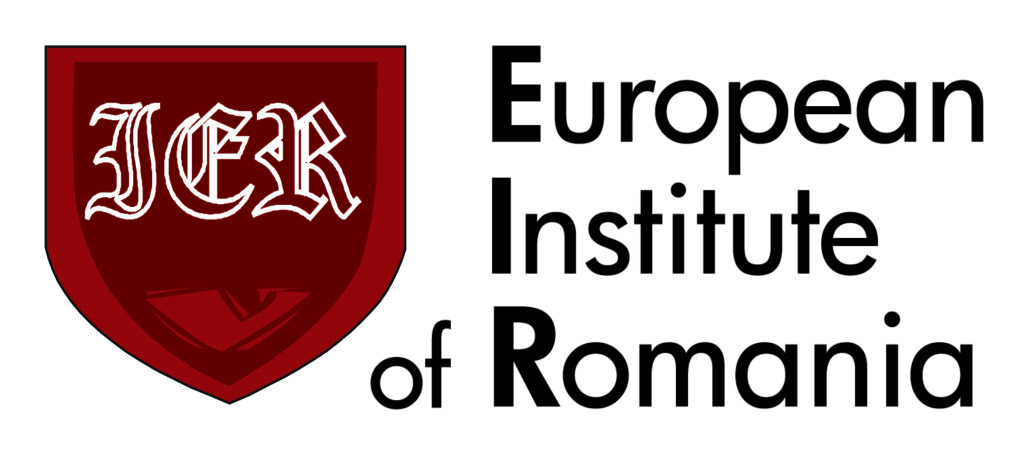

Comments are closed.